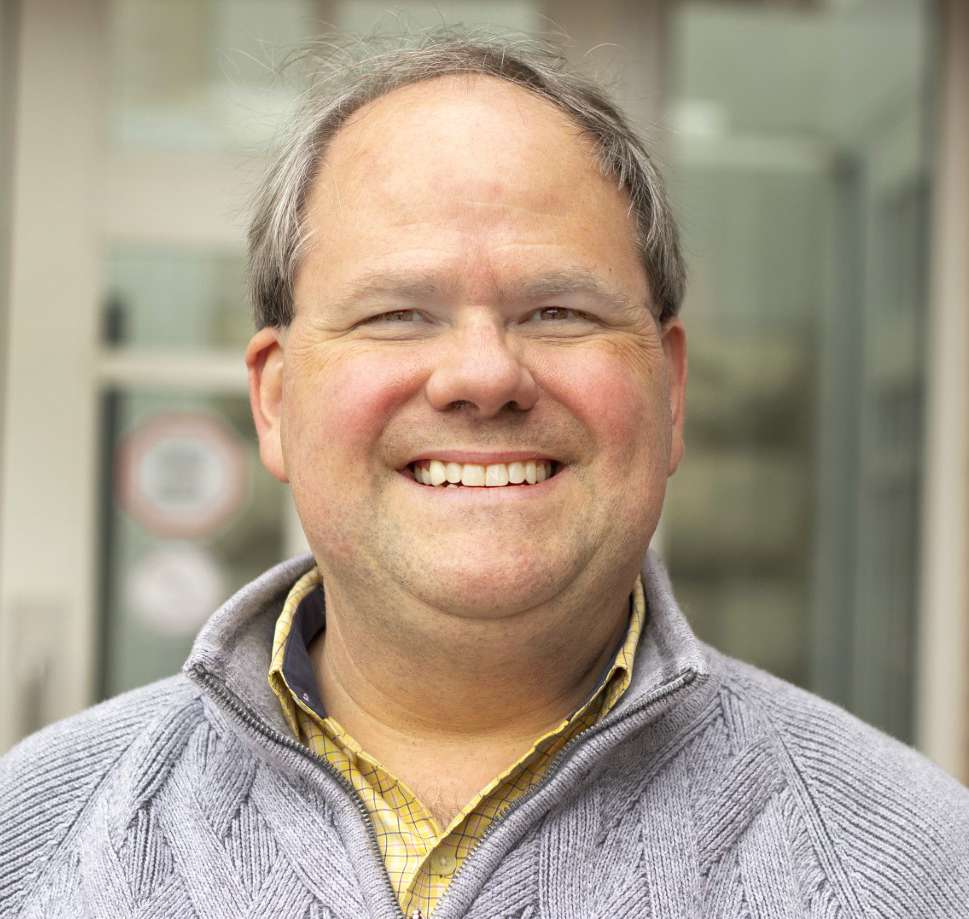
Between 10 and 15 years ago, political science professors discovered renewed our interest in civic engagement. Retired U.S. Senator Bob Graham and his collaborator Chris Hand published the first edition of their book America: The Owner’s Manual in 2009, arguing that the best hope for the renewal of American democracy lies in teaching a new cadre of involved, interested citizens who begin their journeys of civic activism by making change at the local level, usually on nonpartisan issues. The authors give numerous examples and tips. The American Political Science Association (APSA) hosted their first annual Teaching and Learning Conference in 2005, while the Journal of Political Science Education had debuted the previous year.
I met Graham at the annual MPSA conference, after I had already begun teaching the book in an introductory political science course. In 2012, I took a sabbatical—my only one to date—working with Graham to develop a high-school curriculum. We tried to convince high school teachers to adopt it. Unfortunately, they told us that although they were excited about our ideas, they feared opposition from school administrators, deeply wary of any potential controversy or lawsuits.
I also read John Hibbing and Elizabeth Theiss-Morse’s 2003 book Stealth Democracy. These professors from the University of Nebraska found that many Americans have little interest in civic engagement. After all, it often means attending long meetings which, at best, lead to brokered compromises. In a more-recent article, they also point out that many forms of civic engagement involve people grouping together with like-minded individuals, and voluntary associations often make decisions by consensus. These lessons are inapplicable to policymaking in a diverse democracy, where deep divisions are inevitable and important decisions are rarely made by consensus. Hibbing and Theiss-Morse argue that students must be taught the “barbarics” of politics, that is, rough-and-tumble negotiations on issues involving deep disagreement.
I later moved the civic engagement projects into State and Local Government class, where they are a better fit. This change has produced many successful projects, such as pressing one city government to reclaim the site of an abandoned construction project. Another group of students produced an information portal for students seeking off-campus housing to learn their rights and options. Meanwhile, in the introductory course, I set a new goal: teaching students to be informed, frequent voters. I use videos to let speakers themselves (not me) describe the beliefs of liberals, conservatives, libertarians, and communitarians. I chose Barack Obama for liberal, Ronald Reagan for conservative, author Ayn Rand for libertarian, and Pope Francis for communitarian. I also embedded flash-polls in the class which students took with their phones. This semester, I have introduced a teaching civic engagement course to teach these and other lessons to future teachers, with assignments to create lesson plans for the high school level.
Today, our democracy is on life support. Social media, along with and market-niched real and fake news outlets allow Americans to group together only with the like-minded, to a greater extent than any other time in the past 100 years. Meanwhile, the K-12 schools are under increasing pressure to marginalize the teaching of civics, not only due to potential controversy but also pressure to reallocate more time to the “STEM” (science, technology, engineering, and mathematics) fields, perceived as being the tickets to good jobs in adulthood. Yet if our children and grandchildren are going to live in a democracy, it is critical that they also make time to teach civic education, and teach it well.
Michael Smith is a professor at Emporia State University.






